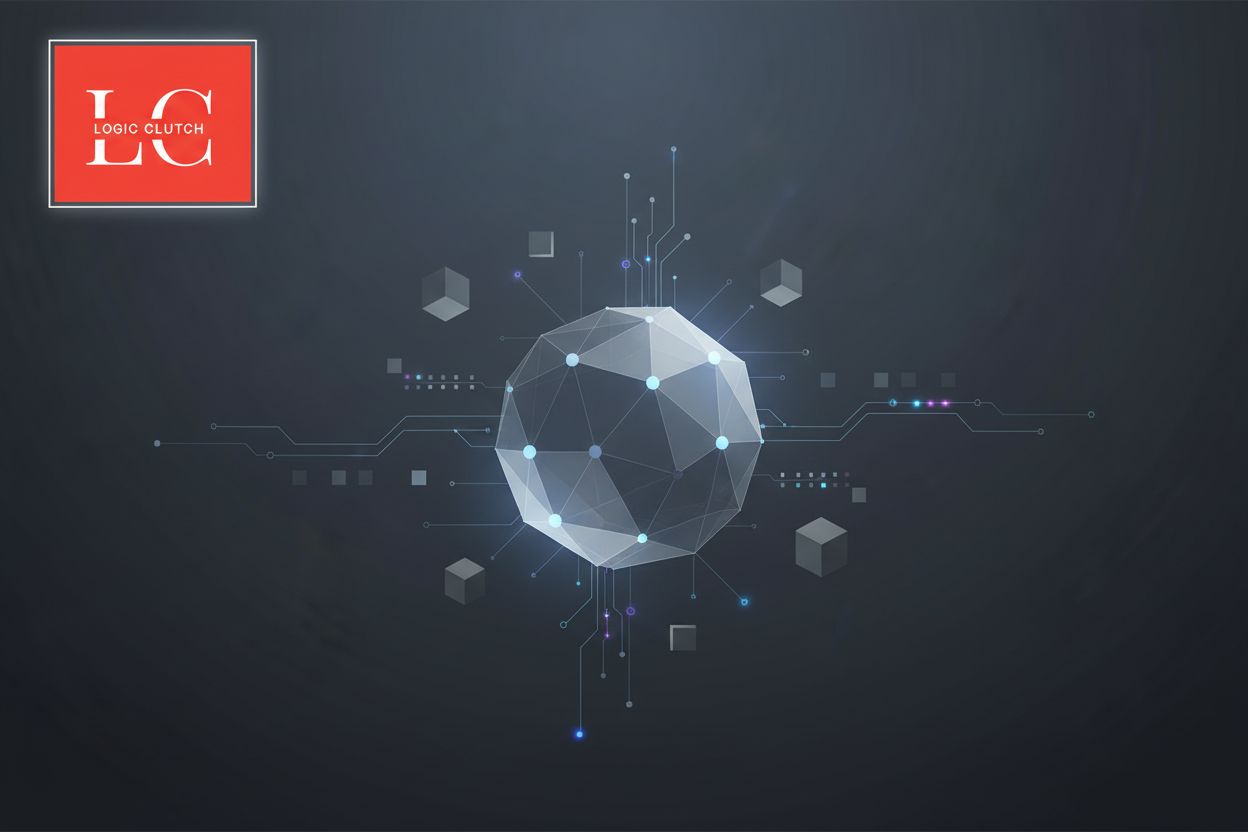Unlocking Business Value: A Practical Guide to Causal Inference in Machine Learning
TL;DR
The Limitations of Prediction: Why Causal Inference Matters for Business
Is your machine learning delivering real business value, or just predicting the past? Traditional machine learning excels at prediction, but often misses the true drivers behind the numbers. Causal inference steps in to fill this crucial gap.
Traditional ML focuses on prediction, identifying patterns in data, but doesn't explain why those patterns exist.
Real-world data often differs from training data, hindering generalization. Models trained on historical data may fail when market conditions shift.
Causal inference addresses this by considering "what if" scenarios. It helps businesses understand the potential outcomes of different actions.
Causal models are more robust to changes in data. If a key variable shifts, a causal model can adapt and still provide reliable insights.
They generalize better to new situations and unseen data. Causal relationships tend to be more stable than mere correlations.
This leads to more reliable AI-driven decision-making, as businesses can be more confident in the outcomes predicted by causal models.
As Ericsson notes:
Causal inference and machine learning can address one of the biggest problems facing machine learning today — that a lot of real-world data is not generated in the same way as the data that we use to train AI models.
Ready to learn how causal inference can make your AI more robust? Next, we'll explore how causal inference moves beyond prediction.
Core Concepts and Techniques in Causal Inference
Causal inference helps businesses understand cause-and-effect relationships using various techniques. But how do these techniques work in practice?
Randomized Controlled Trials (RCTs), also known as A/B tests, are considered the gold standard. In RCTs, you divide a population into treatment and control groups, applying a change to the treatment group only.
By comparing outcomes, you can directly infer the causal effect of the treatment. Imagine a retail company testing a new promotional strategy by offering it to some customers and not others.
However, RCTs aren't always feasible due to ethical or practical reasons. Think of healthcare scenarios where it's unethical to withhold potentially life-saving treatment.
Observational data requires careful analysis to account for confounding variables. These are factors that affect both the treatment and the outcome, potentially skewing results.
Techniques like propensity score matching can help create fairer comparisons. This involves matching individuals with similar characteristics across treatment and control groups to reduce bias.
Understanding the Causal Markov Condition is crucial for building accurate causal graphs. This condition helps ensure that the relationships between variables are correctly represented, avoiding spurious correlations.
- Propensity scores estimate the likelihood of receiving a particular treatment based on observed characteristics.
- By matching individuals with similar propensity scores, you reduce bias and create more comparable groups. Logistic regression is commonly used to calculate these scores.
- For instance, in finance, propensity score matching can assess the impact of a loan program by comparing participants to non-participants with similar financial profiles.
As we've seen, causal inference uses different methods to extract valuable insights. Next, we'll dive into specific techniques like propensity score matching.
Advanced Methods: Double/Debiased Machine Learning
Double/debiased machine learning (ML) offers a powerful way to estimate causal effects by addressing biases that arise from complex relationships between variables. But how does it work?
This theorem separates the estimation of causal parameters from nuisance parameters. It allows us to isolate the treatment effect from other confounding factors.
It involves regressing residuals to isolate the treatment effect. This means removing the effects of confounders from both the treatment and the outcome.
Machine learning models estimate these residuals, capturing complex, nonlinear relationships that traditional methods might miss.
ML models capture complex relationships between covariates and outcomes, which reduces bias and improves the accuracy of causal estimates.
This is done through cross-prediction and out-of-fold residuals, which address the risk of overfitting. Overfitting can lead to inaccurate causal inferences.
- Cross-prediction involves training models on one subset of the data and making predictions on another. This prevents the model from memorizing the training data and improves generalization.
Double-ML extends beyond average treatment effects. Next, we'll explore how it estimates conditional average treatment effects.
Practical Applications and Business Value
Causal inference isn't just academic theory; it's a powerful tool for driving business value across industries. By understanding true cause-and-effect, organizations can make smarter decisions and avoid costly mistakes.
- Marketing: Accurately measure the impact of advertising campaigns by isolating the causal effect of ads on sales, leading to more effective budget allocation.
- Healthcare: Identify which treatments truly improve patient outcomes for specific subgroups, ensuring personalized and effective care.
- Finance: Evaluate the real impact of economic policies by disentangling causal relationships from mere correlations.
Causal inference enables proactive strategies. It helps businesses anticipate and avoid unintended consequences, leading to more efficient and effective strategies. Ready to apply these insights?







